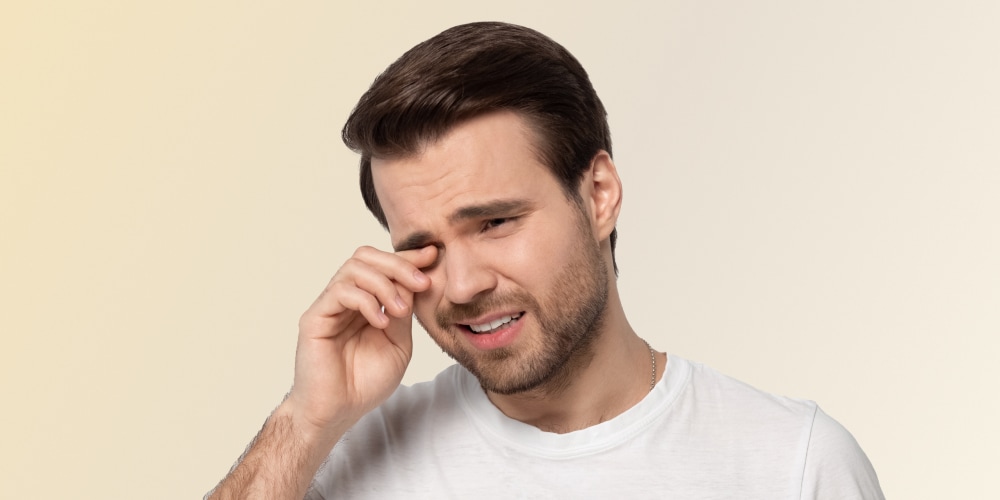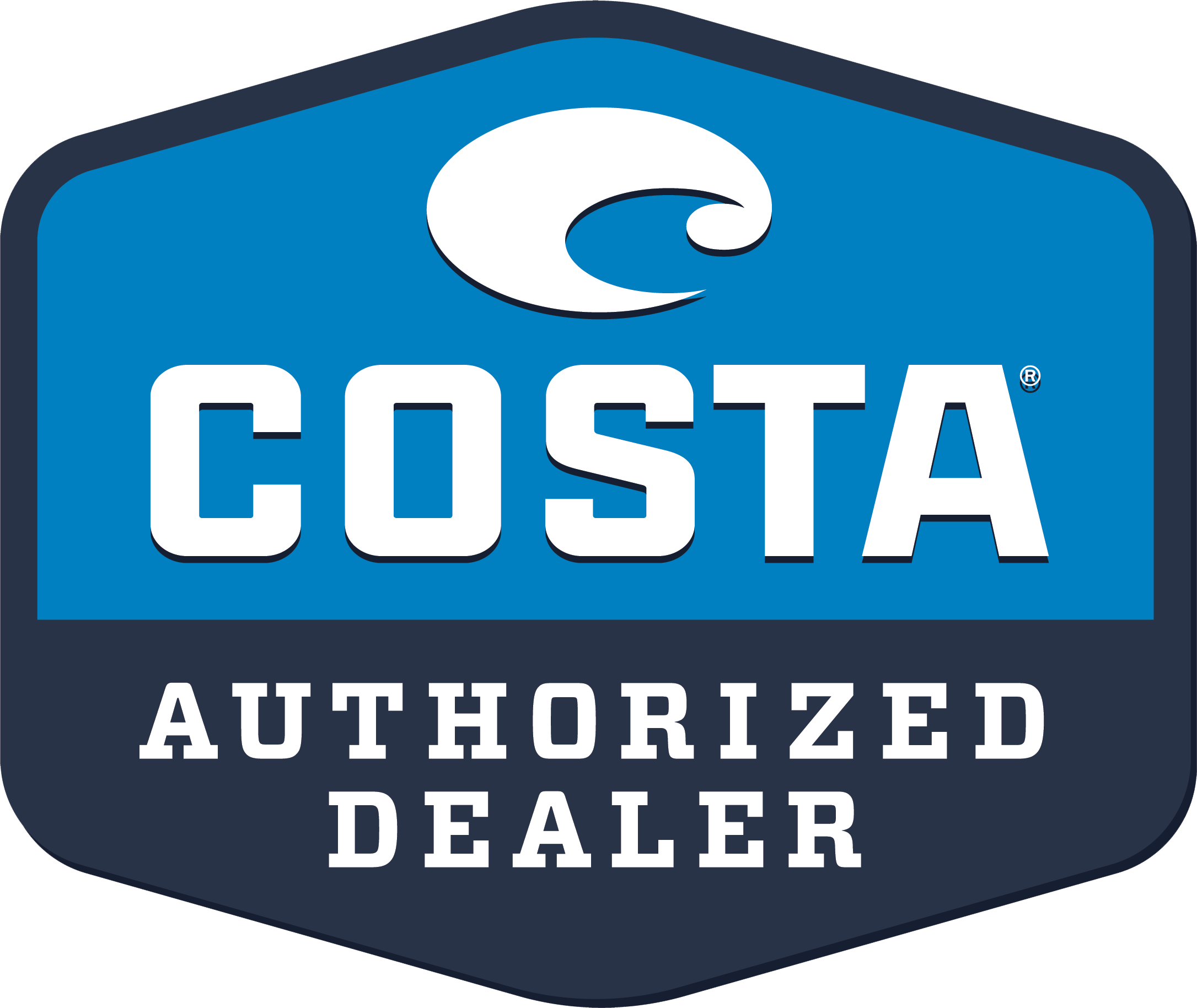
Author: Anna Barden
Throughout history, people have experienced vision problems. This includes eye disease and disorders, as well as refractive errors like myopia (nearsightedness) and hyperopia (farsightedness).
In the last 100 years, we’ve seen advances in vision correction beyond glasses — from developments in contact lenses to the invention of refractive surgery. But how did people manage before the most basic form of vision correction? Read on for a look at life before glasses and how the history of glasses got us to where we are now.
How Did People See Before Glasses?
Before eyeglasses, people still had to rely on their vision — no matter how poor it was — to help them navigate visually. They knew that they couldn’t see as well as others, but without vision correction, there wasn’t much they could do about it.
When people need glasses, it’s common for them to:
- Squint
- Tilt their head to the side
- Hold books and other items very close to their face
- Cover one eye
- Consistently rub their eyes
The physical responses are often the same when someone already wears glasses but needs an update to their vision prescription.
Were Refractive Errors Common in the Past?
Vision problems have always been around, but they’ve become a lot more common in recent decades. Research shows that myopia in children has doubled in rates in the UK since the 1960s. It’s grown in many other parts of the world too.
With such a recent and rapid upward trend, the need for vision correction may not have been as common in the past as it is (and continues to be) in modern times.
You may also like
Was Poor Vision Considered a Disability?
Someone with nearsightedness or farsightedness likely faced more challenges without the vision correction options that are available today. However, in medieval times, societies found a way to adapt and even seemed to prefer myopia for certain jobs.
It’s suggested that when you perform a great amount of close-up work, like reading or writing, your eyes may get better at focusing on objects that are nearby.
Illuminating manuscripts and biblical texts, for example, was a job well-suited for those with nearsightedness. Since the job called for very small and precise brushstrokes, nearsighted folks, who could see better up close than far away, seemed to have an advantage.
But many of these jobs were done only by monks, so most people with a vision problem had to learn to live with it. It could have been worse though. A few experts have suggested that some societies and cultures considered people with poor vision to be weak, and may have treated them negatively.
When Did Glasses Become Common?
The first eyeglasses were recorded in 13th-century Italy, but spectacles weren’t common in Europe until the 1700s. There was also an increase in literacy around this time, which meant there was a stronger need for glasses. (Yes, the history of glasses aligns with the history of reading!)
Eyeglass technology continued to grow in the 1800s. Dutch ophthalmologist Herman Snellen established the eye chart in 1862, providing the first standard diagram to use with vision checks
Eye care professionals use the Snellen chart to measure how well someone can see compared to someone with “normal” vision.
The Snellen eye chart is still used today in doctor’s offices and school vision screenings.
Modern History of Glasses
Several milestones have been reached in vision correction and lens technology over the past several decades, from Transitions lenses and blue-violet light filters to daily disposable contact lenses and innovations in refractive surgery. Eyeglasses have also moved from thick glass lenses to various types of plastic.
Fashion has changed too. Basic features, designs, and shapes used to be the norm. But now you can customize your frames with funky patterns, unconventional shapes, and your choice of lens colors and coatings.
If it’s time for your next set of frames, take a look at the centuries-long progress that has led to our catalog of specs! You can use our Virtual Mirror to try pairs on before you buy so you know you’re getting your perfect fit.










